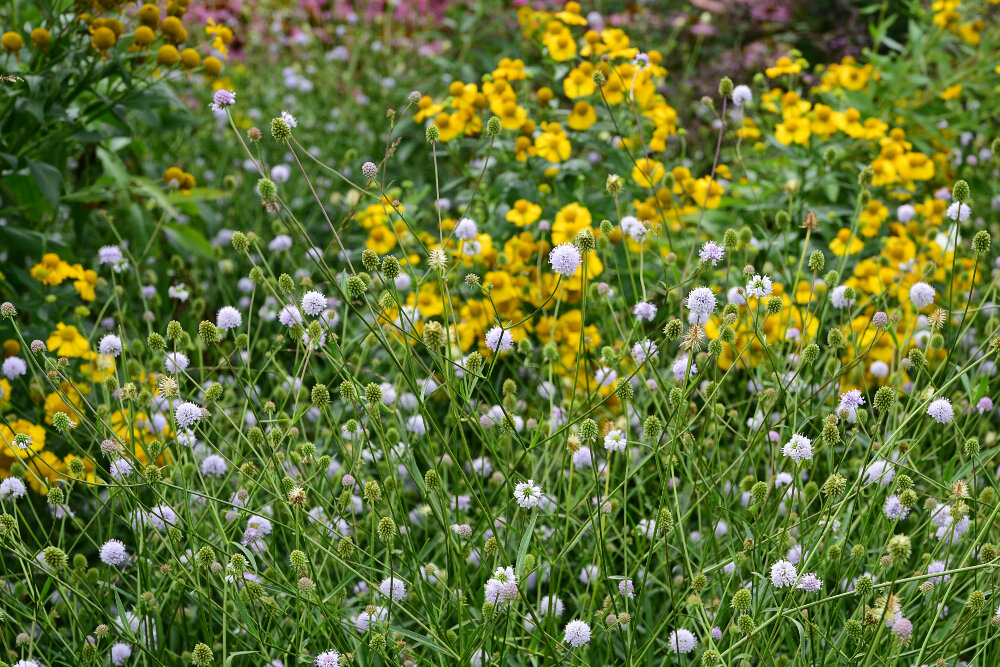Sussex Prairies
I first visited Sussex Prairies about ten years ago. It had only been open a couple of years then and on a dreary day late in October it had been hard to imagine how it would develop. However, I did remember the cakes had been rather good.
It’s safe to say things have turned out pretty well. If you are still in denial that summer has ended a couple of hours here would confirm your suspicions. Not only was it clear that most schools were still on holiday but I’m pretty sure the gardens were at their absolute peak.
The gardens are the work of Paul and Pauline McBride who have spent their whole careers developing gardens, mostly overseas. The gardens here are inspired by their experience of working with Piet Oudolf, champion of the “prairie” or “new perennial” style of planting.
The prairie reference relates the the north American origin of many of the plants used. (And hence, I suppose, is the reason for these buffalo wandering through.) The main features of this style of planting are the long season of interest, large groupings of the same plant in loose waves, a lot of ornamental grasses and few shrubs or evergreen structural plants.
And when I see it decribed like that the words don’t do it justice. Most of the flowers and grasses are tall, colourful, and with different forms. Walking through narrow paths in the middle of the planting is a really fantastic experience.
The borders are alive with pollinators and a couple of deep ponds provide habitats for other beneficial garden visitors. From memory I think the plants are left standing through the winter and are then strimmed and/or burned (another prairie feature?). The strimmed plants are chopped up and put back on the borders as mulch. Minimal inputs, minimal outputs.
The design of the borders is based on the spiral of a nautilus shell, not that it’s noticeable from the ground. At one end of the eight acre site the borders are raised up a few metres, giving good views across the gardens.
Although the planting emphasis is large groupings of single species it’s hard to keep nature completely under control. I found myself coming back to this small mix of dark mauve Eurybia x hervyi Twilight and the barley like grass Hordeum jubatum. For the purposes of clarity, Eurybia is the new name for most asters (don’t ask).
I also really liked the McBride’s house, just on the edge of the gardens. I think the living areas are on the first floor, imagine the views..
At the beginning of September it’s great to see which flowers are still going strong so late in the season. Here were have Heleniums and Solidago, and the other main ones are Persicaria, Echinacea, Rudbeckia, Sanguisorba, Gaura, Eupatorium, Hylotelephium (formerly Sedum), and of course most ornamental grasses.
The cake is still good. I had the guest cake - cherry, pistachio and coconut. The coffee is so-so. Bring a packed lunch if you visit though as there’s not too much else on offer.
You don’t need to book an entry time here and the garden’s so big social distancing is not a problem. The gardens are immaculate, unlike a National Trust one I visited recently, and it only cost £9 to get in. VFM.












